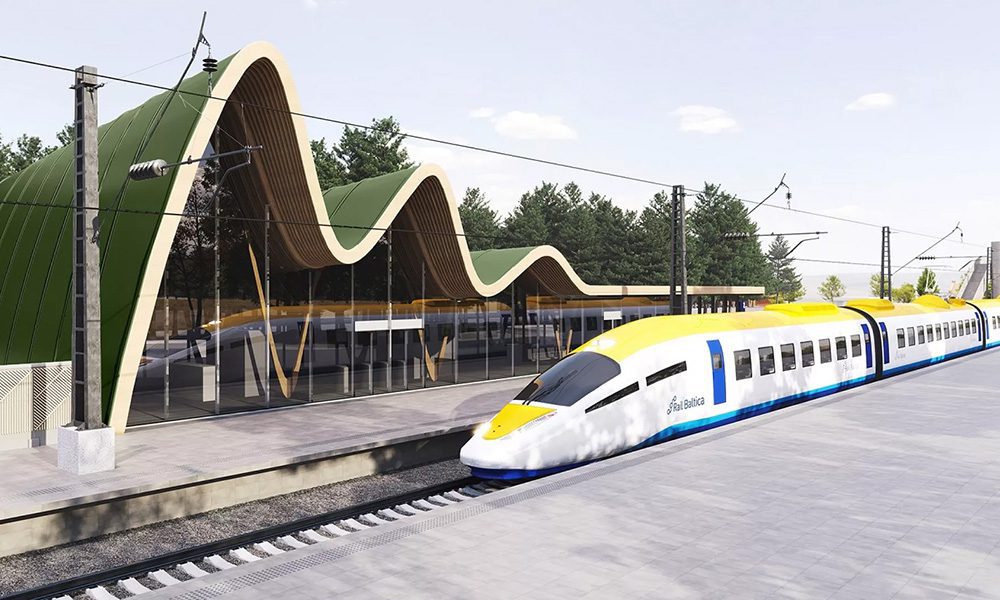By Cat Vitale – January 8, 2024
Rail Baltica has opened a series of tender contracts for the construction of key infrastructure on 52.6km of the Estonian mainline, a major step in building the high-speed rail network. The total cost of these contracts is estimated at around €400 million ($438 million), with construction expected to last between 40 and 48 months.
Tender Details
The contracts cover five specific sections of the Rail Baltica mainline in Harju and Rapla counties, including:
- Soodevahe to Kangru
- Kangru to Saku
- Saku to the Harju/Rapla county border
- Hagudi to Alu
- Alu to Kärpla
These sections will involve building key infrastructure, such as intersections and access points, which are essential for the rail system’s operation. This work is part of a larger effort to construct the Estonian portion of the Rail Baltica network, which aims to enhance rail connections between the Baltic States and Europe.
Timeline and Future Construction Plans
Construction on these initial sections is expected to begin by the second quarter of 2024, following the selection of contractors through the tender process. This project is a major investment in infrastructure and a vital part of Rail Baltica’s goal to deliver a fast, eco-friendly rail network across the region.
In addition to these tenders, Rail Baltica plans to start work on another 74km of the Estonian route, covering over one-third of the country’s rail mainline. This phase is expected to begin within the next year, further advancing the project and speeding up the rail network’s development.
Rail Baltica’s Impact
Rail Baltica is set to transform transport in the Baltic region, providing a fast, modern rail link between Estonia, Latvia, Lithuania, and the rest of Europe. The project will cut travel times, increase trade opportunities, and promote greener travel by encouraging the use of rail over cars or planes.
When completed, Rail Baltica will play a key role in boosting the region’s economy, improving access, and strengthening connections between the Baltic States and Europe. These tenders represent a significant step toward making this vision a reality.




